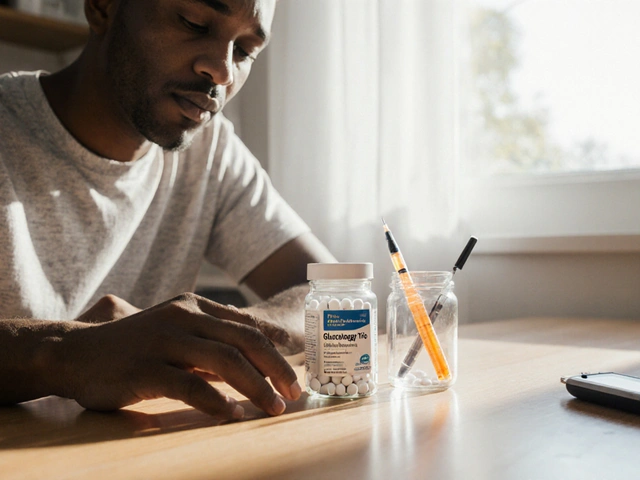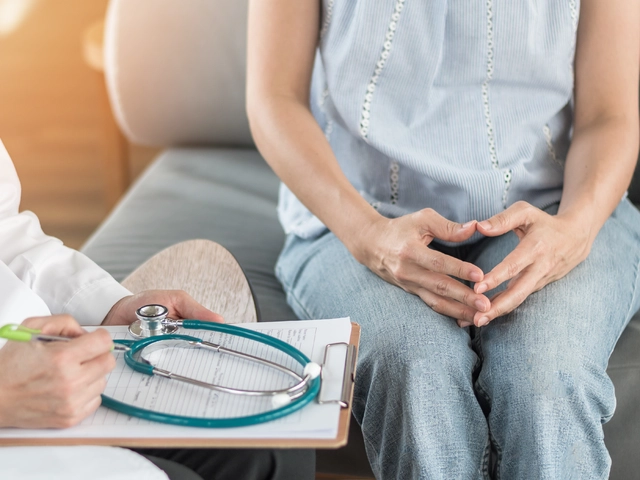Exercise with Statins: What You Need to Know Before You Work Out
When you're taking statins, cholesterol-lowering drugs prescribed to reduce heart attack and stroke risk. Also known as HMG-CoA reductase inhibitors, they help keep your arteries clear—but they can also cause muscle-related side effects that make working out feel risky. Many people assume that if they feel sore after a workout, it’s just normal fatigue. But with statins, that ache might be something more serious. You’re not alone if you’ve paused your routine because of unexplained muscle pain. The good news? Most people can and should stay active while on statins. It’s not about avoiding exercise—it’s about understanding how your body responds.
One key factor is the SLCO1B1 gene, a genetic variant that affects how your body processes certain statins like simvastatin. Pharmacogenomics testing can reveal if you’re genetically more likely to develop muscle pain from statins. If you are, your doctor might switch you to a gentler option like pravastatin or rosuvastatin, which are less likely to cause issues even with regular activity. This isn’t science fiction—it’s real medicine used in clinics today. And it’s why two people on the same statin dose can have totally different experiences with exercise.
Another thing to watch: drug interactions, especially with supplements or other meds that can raise statin levels in your blood. Herbal supplements like grapefruit juice, red yeast rice, or even high-dose niacin can increase your risk of muscle damage. If you’re taking something extra for energy, sleep, or joint pain, talk to your pharmacist. They can spot hidden conflicts you might miss. Also, intense or sudden workouts—like trying to run a marathon after months of sitting—can stress muscles already sensitive to statins. Start slow. Build up. Listen to your body.
Some people worry that statins make them too weak to lift weights or go for long walks. But studies show that regular, moderate exercise actually helps statins work better. Movement improves circulation, lowers inflammation, and supports heart health—exactly what these drugs are meant to do. The goal isn’t to push through pain. It’s to find a rhythm that keeps you moving without triggering side effects. If your muscles feel tender, swollen, or unusually weak, don’t ignore it. That’s your body asking for help.
What you’ll find in the posts below are real, practical answers from people who’ve walked this path. You’ll see how others manage statin-related muscle pain while staying active, what tests can help pinpoint the cause, and which supplements to avoid. There’s no one-size-fits-all fix, but there are clear steps you can take right now to protect your health and keep moving.
Exercise and Statins: What You Need to Know About Muscle Pain and Recovery
Statins help prevent heart disease, but muscle pain can make exercise feel impossible. Learn how to stay active safely with statins, which types are safest, and what workouts to avoid.






